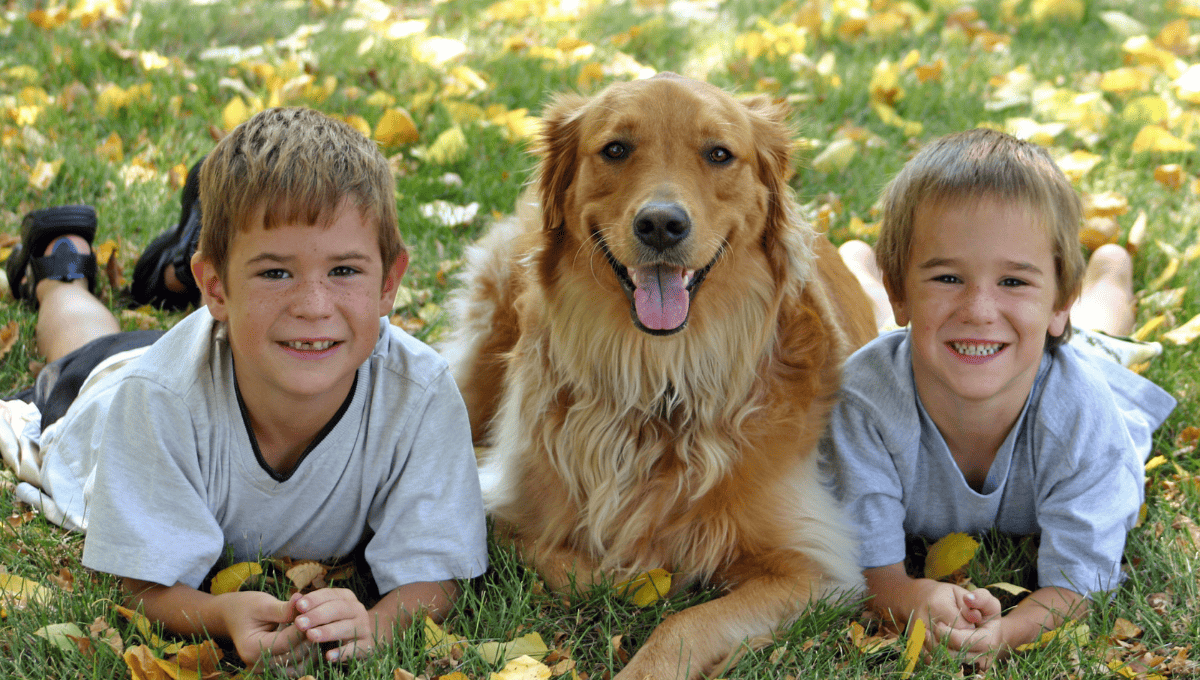There are so many animals out there in the world so which are the best pets for families with kids? When looking for pets for kids what should you consider? Space, feeding, grooming, handling and expense!
What pets are appropriate for different ages?
This can be so confusing, it’s important to make the right choice to engage your child/ren. We have the best pets for toddlers and the best pets for teens listed below (and everything in-between).
Arguably the best pet for a toddler is those with little maintenance. A slightly older child may be interested in reptiles which could be the best pet for 5 year olds. From lizards to snakes, small and large, they are fascinating creatures. Small furry animals could, perhaps, be the best pets for 10 year olds, there is so much choice.
Cats are good pets for 13 year olds; independent but interactive and requiring some attention. The best pets for teenagers maybe more interactive such as dogs. Good pets for teens who have the time and energy to train them giving them a sense of achievement. They also make great companions for kids.
10 things to consider before getting a family pet:
Before you jump in boots and all, you should consider a range of things about yourself and the pet you are considering to ensure you make the best choice.
Lifestyle and Schedule:
Some pets require more time and attention than others. Consider how often someone is at home and the amount of free time you have to spend with your new pet.
Life Expectancy:
Different pets have varying life expectancies. Dogs and cats can live anywhere from 10-20 years, while some birds or turtles can live much longer. Think about the long-term commitment you’re making.
Allergies:
Check if anyone in the family has allergies related to specific animals. For instance, cat or dog fur might trigger allergic reactions in some people.
Financial commitment:
No-one ever said ‘I know what I will do to save some money… I’ll get a pet!’ Pets can be expensive. Beyond the initial purchase or adoption fee, there are costs for food, veterinary care, grooming, and other supplies. Ensure you’re prepared for the financial responsibility.
Space:
Larger pets require more space. Make sure your living environment is suitable for the size and activity level of the pet you’re considering.
Future changes:
Consider any foreseeable changes in your life in the next few years, like moving, having a baby, or job changes, which might affect your ability to care for a pet.
Training and socialization:
Some pets, especially puppies, require significant training and socialization. Consider whether you have the time and patience for this commitment.
Children’s ages and maturity:
If you have children, their age and maturity level can influence the type of pet you should get. Some pets are more suitable for older kids, while others might be a good fit for younger ones.
Care during holidays:
Think about who will care for your pet when you’re away. You might need a pet sitter, a boarding facility, or maybe even special arrangements with neighbors or family.
Type of pet:
Finally, ensure you research the specific needs, behaviors, and challenges associated with the type of pet you’re considering. Each species and breed can have unique requirements and temperaments.
Incorporating these considerations will help ensure that the decision to bring a pet into the family is a well-informed one, leading to a happy and harmonious relationship for everyone involved.
Best pets for location
I thought it was important to look a bit more closely as the aspect of space when choosing a pet. Here are our recommendations for the various ways you may live.
Best pets for apartments:
Space, noise level, playfulness, housing are considerations when looking for the best pets for families – animals held in cages/tanks such as reptiles, fish and smaller animals or even a small dog would be great options.
Best pets for large outdoor areas:
Farmyard animals including horses, ducks, pigs, cows or even goats. Even large dogs are a great option with lots of space to enjoy.
Best pets for houses with a yard:
The best house pets include various types including dogs, cats, small pets, reptiles, use of a yard provides different options.
Can you have insects as pets?
Yes, though not commonly seen. The best insect pets include Stick Insects, Crickets, Grasshoppers and Beetles. Containers are required to house them but can be big or small and can be very cheap to purchase (as little as $10 or less).
Our 20 pet suggestions for families
Right…here we go. Our top 20 pets recommendations based on our own experience and research into the field of options.
1. Fish:
Some of the best fish as pets for beginners include goldfish, guppies and white cloud minnows. Fish are colourful and one of the lowest maintenance pets, making them easy pets for kids and, possibly, the best first pets for kids.
The best fish pets to consider will depend on your or your family’s interest level. Cleaning regularly and feeding them twice a day with foods such as pellets, flakes, bloodworms and/or plankton is essential. Fish may be the best pets for busy families (and even make good school classroom pets!) as they are low maintenance. Single fish requiring little space have little start up costs but tropical fish can be an expensive hobby with appropriate lighting, temperature controls and a large tank required.
2. Guinea pigs:

These are the best child friendly pets, and the best small pets for cuddling. They have a lifespan of 4-8 years. Guinea pigs live in hutches covered in hay/paper shavings requiring cleaning 2-3 times per week. They are social and make the best caged pets. They require combing to avoid matted fur. Guinea pigs need to be kept clean to avoid infections. Along with guinea pig pellets, they need vegetables and grass (but check which ones as some cause issues). Read our helpful article about keeping guinea pigs here.
3. Birds:
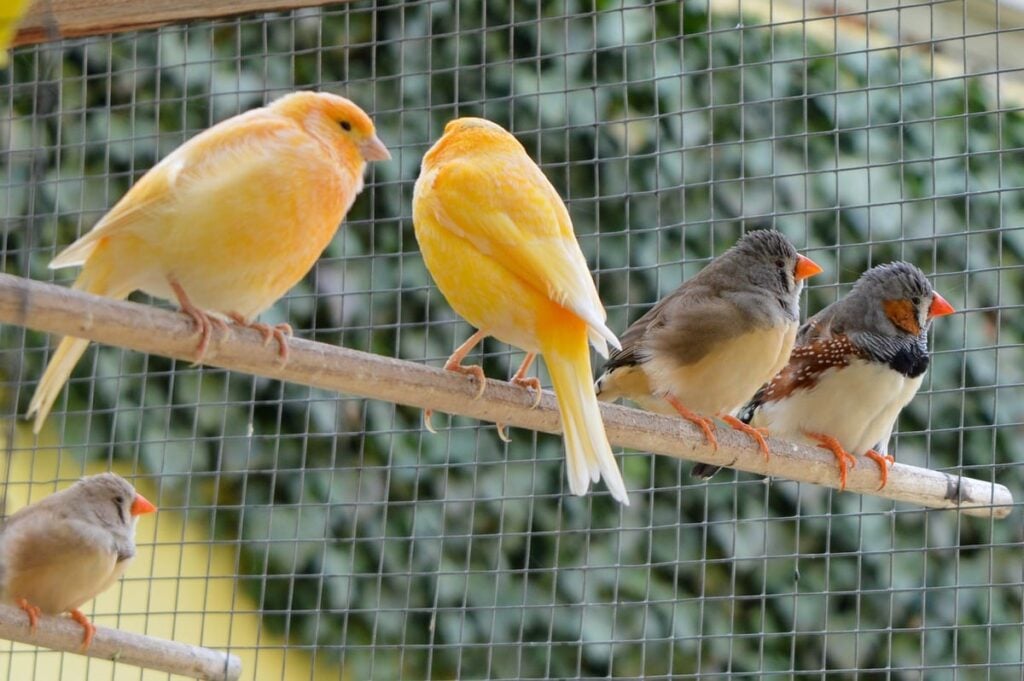
Some of the best birds as pets for families are budgerigars which come in different colours. The best parrots for pets include parakeets and cockatoos. Parrots can be cheeky additions and can talk back to you! Birds need to fed daily with fresh fruits and vegetables, meat scraps and healthy bird pellets. Bird cages come in various shapes and sizes and cost upwards of $150. Ensure all windows and external doors are closed when handling them to avoid escape. The average bird can live for up to 15-20 years. These can be the best pets to have at home.
4. Horses:
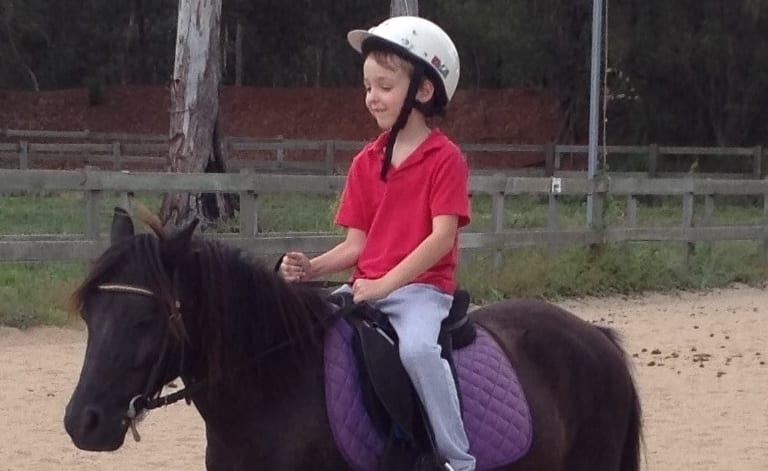
Perfect if you have space. Horses can live to be 30 years of age. They require daily grooming, shelter (such as stables), feeding twice daily with vegetables (carrots and turnips) and hay/grass and plenty of exercise. Would suit a family who has experience with these gentle giants.
5. Goats:

OMG!! I want one!! Look at that snuggly little face!!
Kinder goat, Alpine goat, Pygmy goat are some of the best breed of goats for pets. However, note, goats are often deemed as ‘naughty’ as they eat everything! They can live between 8-14 years. They require shelter (dog kennels can be used) and to be fed twice daily with foods including grass, hay and crops. Read more about having a goat as a pet at home here.
6. Chickens:
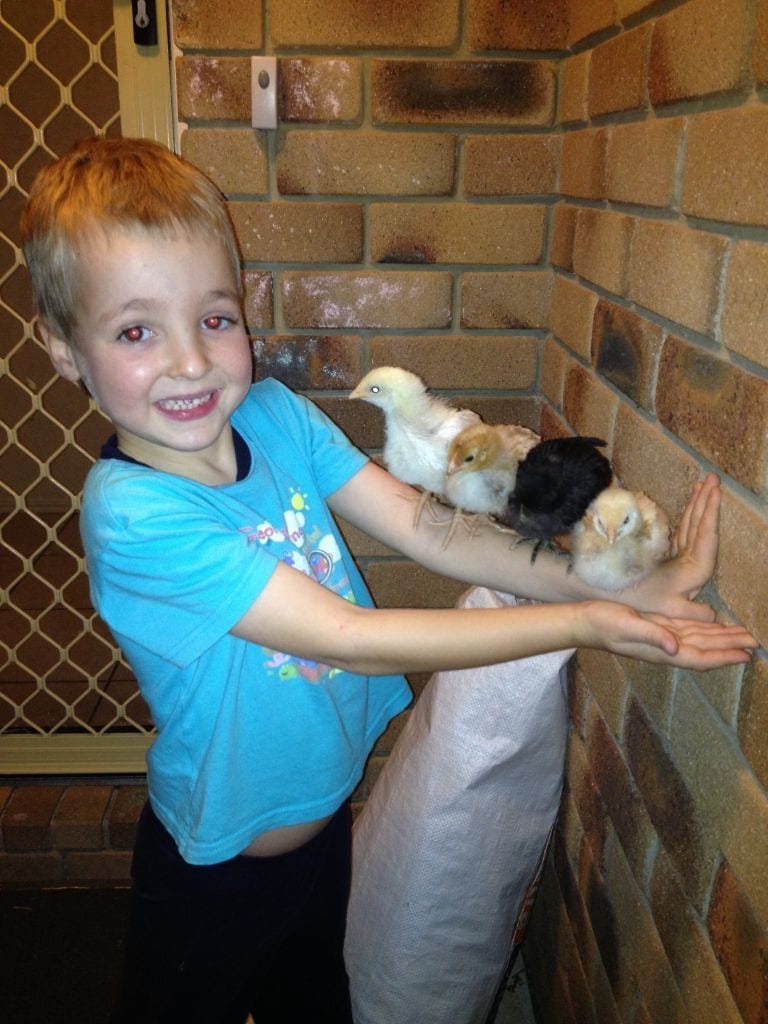
Chickens are small, Eco-friendly and food supplying pets. They are a supplier of fresh eggs and can turn waste into their food throughout the day. We found that the chickens we had were very social and caring pets. Depending on the type of chickens you get, they can live between 5-10 years. Our oldest chicken was ‘Blacky’ who was 8. They need daily feeding of good quality feed and enjoy cooked vegetables, beef and pork scraps and fresh fruits. Chickens need adequate care to stay healthy and free of ticks. A coop/run is required and would cost around $200 for the initial outlay. I absolutely loved our chickens, but I would recommend you read my helpful article about Getting Backyard Chickens, before you do!
7. Alpacas:
A little out of the ordinary but alpacas are brilliant pets. Popular in recent years, they have multiple personalities and attitudes. They are incredibly social. Feeding at least three times per day and are herbivores (eating plant-based foods). These exotic creatures grow up to 3 feet high and require grooming. They can live for up to 15-20 years. These lovable creatures can cost upwards of $800 to purchase.
8. Dogs:

Dogs are very popular and arguably the best family friendly pets. With so many types it is difficult to decide which are the best puppies for families. There are so many breeds of dogs including the intelligent and happy Border Collie; family friendly Golden Retriever; small, energetic Norfolk Terrier. There is an abundance of four-legged friends that you can adopt from rescue centres – do your homework to ensure you have the right space and time, otherwise you may need to invest in doggy daycare or a dog walker and that gets pricey!
Dogs can live up to 14-20 years. An enclosed fenced area is a must. They feed twice daily on dry food/meat. Often dogs are required to be registered with your local council. Please check before committing to a dog, there are ongoing costs such as annual vaccinations required (some of which can be covered by Doggy Schemes and insurance). Dogs can be expensive but offer plenty of reward in return if treated kindly.
9. Cats:
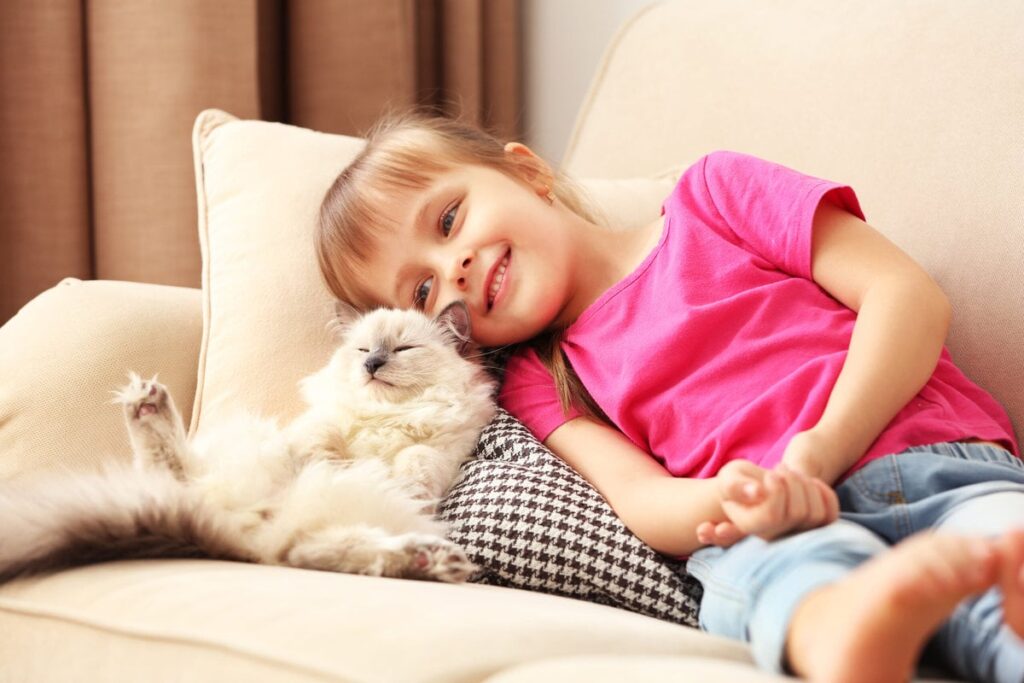
The most common breeds include Siamese, Ragdoll, Persian, British Short hair, Sphynx, Black and Burmese. A lot of cats are extremely fluffy and cuddly. The Ragdoll breed often do not shed fur, which makes them the best pets for children, best pets for cuddling AND the best cats for pets. If fur is to be avoided due to allergies, other cats like the Sphynx would be a great option.
Cats can live for up to 10-15 years of age. Feeding is required twice a day with designated cat food which can be purchased from any supermarket or vet/pet store. Cats are independent creatures and grooming is often left to themselves. They are encouraged to be indoor pets to avoid issues with the Australian native wildlife so cat litter trays will be required for toileting.
10. Mice:
On the opposite end of the scale why not add a little mouse to the family? They may be small but they have such a big impact. A small cage is a requirement and very inexpensive (around $20), but this is great if space is an issue. Mice are the best pocket pets – just remember they are there before leaving the house! Living a short life of up to 2 years. Feeding 1-2 times per day including fresh fruits and vegetables, good quality mouse pellets. Mice need grooming to remain healthy and free of bugs.
11. Rats:
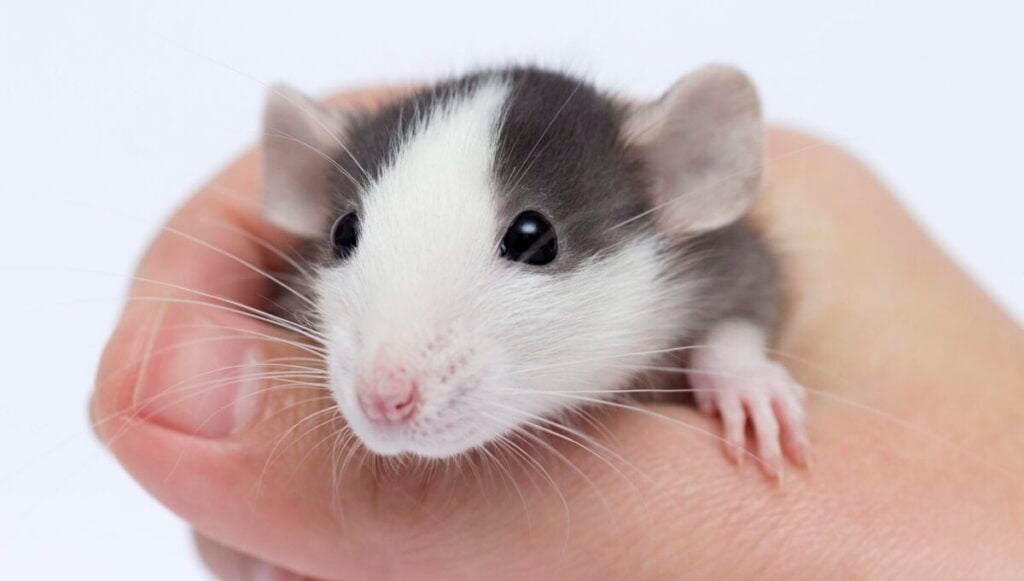
Are rats good pets for kids? ABSOLUTELY! Capable of getting in small crevices, a cage is a must! They live between 2-3 years. Rats feed on small amounts of fruits and vegetables and other foods such as brown rice and seeds. They are self-cleaning creatures. Possibly the best pets for 11 year olds (or maybe younger) as they are not so small as to be difficult to handle. We love rats so much we featured the in our ‘Pocket Pets’ article in our magazine!
12. Snakes:
The best snake for pets would be the Python. There are different types of pythons but all would fit the best snake pets description. They require a long commitment as they can live for up to 20-30 years. They are easy to handle due to the size of them, which is 3-5 feet long.
Depending on the size and age of your snake will depend on what they feed on and how often. Mice or rats, large crickets, and other rodent species are the mainstay of food. Grooming is minimal and a snake will often shed its skin. Caring for snakes includes tanks (or terrariums) with correct lighting and temperature. Note, often a licence is required to keep these exotic animals, so check what requirements are needed for your local council area. As these are non-furry creatures, they are potentially the best pets for kids with allergies.
13. Turtles:
How about turtle pets for kids? Low maintenance with a tank (or terrarium) required to house them needing a weekly clean. They enjoy a diet of worms, moths and cooked chicken or beef together with pellets. They are quiet but fascinating to watch making them potentially the best pets for small children.
14. Axolotls:
These underwater creatures are incredible – even regrowing limbs when hurt! These cool pets for kids can grow to up to 1.5 feet. The tanks require at least 10 gallons of water and a good filtration system as they produce a lot of waste. They can live up to 15 years. They feed every 2 to 3 days and enjoy earthworms and bloodworms.
15. Geckos:
Low maintenance, interesting and attractive pets suitable for all members of the family. These little creatures make the best unique pets for kids. A tank environment is required with branches for them to venture onto. Flies, silkworms, roaches, earthworms and crickets should be provided to geckos at least every 1-2 days.
16. Chameleons:
Are chameleons good pets for kids? Yes! And they change colour!! Quiet and clean in nature with a lifespan of 3-10 years. Chameleons live in tanks that cost upwards of $250. Annual visits to the vet are required. They cost anything from $40 up to $500 to purchase. Feeding on small pieces of fruit and vegetables, and insects.
17. Pigs:
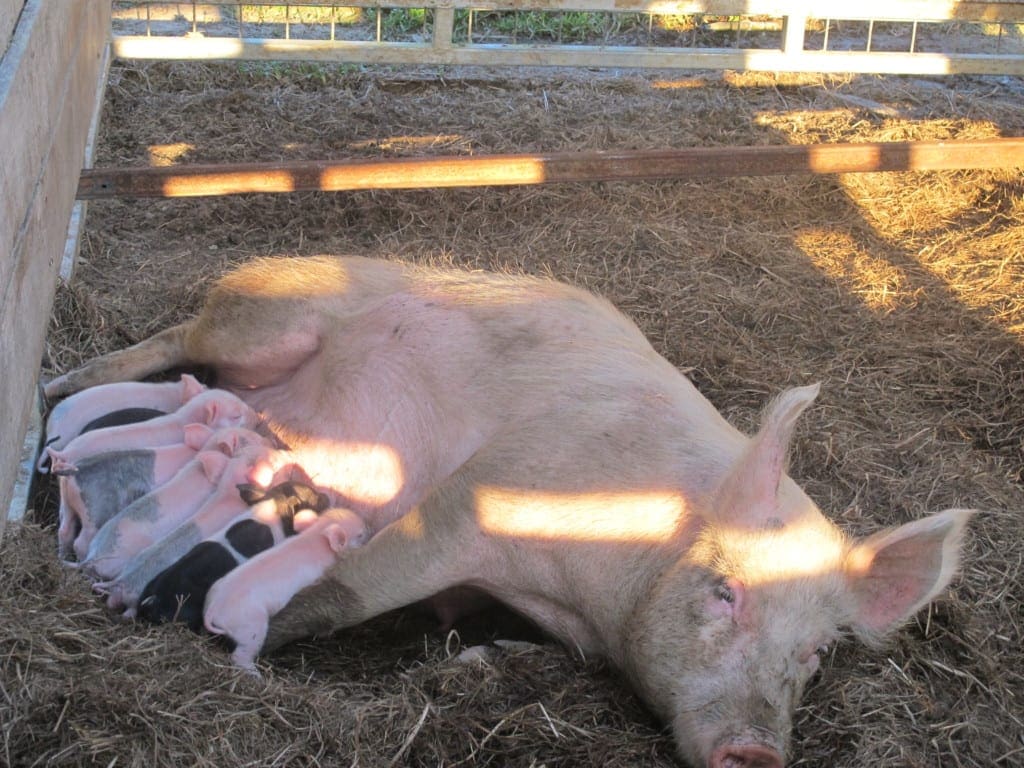
What cool pets for families! Suited to muddy and grassy areas, they are known to be playful. They feed twice daily including grains, cereals, fruit and vegetables and grass/hay. They will need to be kept in a pen at times. Pigs are social animals and self-cleaning (with mud!). They need to be checked for parasites but are easy to maintain. The best pigs for pets include Domestic Pig, African Pygmy and Tamworth.
18. Ducks:
As seen in many a Petting Zoo, why not start your own with some ducks! Ducks should be fed 1-2 cups of food 1-2 times a day. Avoid citrus fruits but you can include zucchini, peas, leafy greens, oats, insects, oysters and regular fruits. Ducks can live up to 20 years if properly cared for as a pet.
19. Rabbits:
Bunnies make great pets; quiet, cute, easy to train, clean, and come in various shapes, sizes and colours. Bunnies make good pets for kids. They can live up to 8-12 years and the best bunnies for pets include breeds Mini Rex, Lionhead, Mini Lop and a Dwarf Hotot. Your rabbit will enjoy a diet of fresh fruits and vegetables, hay, grass, carrots and pellets.
Controversially these creatures are deemed a pest in Australia with stringent rabbit laws in Queensland where they are banned (including massive fines).
Normally kept in hutches when not being handled (to protect them and you as they often like to chew through items such as electrical cables!)
20. Cows:
Cows are intelligent, social and surprisingly emotional creatures. These are huge and obvious require large spaces to roam. Keep an eye on ticks and fleas to ensure they remain healthy. Feeding includes hay, oats, common protein and some fruit. They will pick and chew on the grass in the paddock (helping you to maintain your yard)!
Your decision on the best pets for families
There are so many choices as to what are the best pets for companionship. So many options for every family dynamic. Consult with your local vet/pet store and enjoy your pet, whatever you choose. If you think we have forgotten a top pet for families, let us know in comments, we might just include it!

